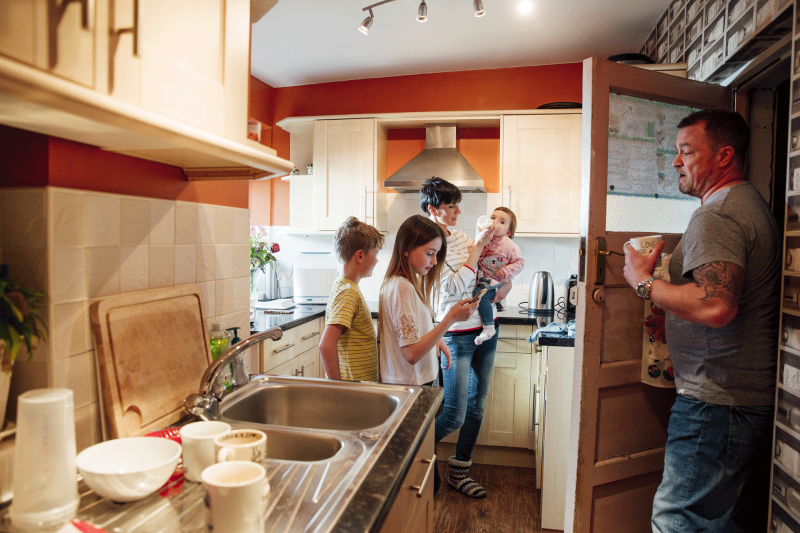Any parent balancing work, homeschool and the uncertainty of the COVID-19 pandemic is bound to have their limits tested by sheltering in place with kids who haven't seen their friends or participated in sports. Lisa Damour, a clinical psychologist and author of Under Pressure: Confronting the Epidemic of Stress and Anxiety in Girls, knows well about the stress families face in ordinary times. In these extraordinary times, she has the following advice for families to help get through the crisis:
How does the fear and uncertainty of what’s to come affect all of us?
Humans rely on predictability. We are built to read our environment, anticipate what comes next and prepare ourselves for it. We do it consistently to manage our day-to-day. Under normal circumstances, we feel some stress when there’s uncertainty. Usually, there’s a teaspoon of uncertainty in a gallon of routine. Now, we have a gallon of uncertainty.
What can parents do to help themselves during this period?
We know from research on chronically stressful situations—which we have already here, or will soon—is that people are better able to bear what they’re going through if they divide the causes of stress into two categories:
- Things they can do something about.
- Things they can do nothing about.
As an example of the first, you might be worried that you’re running out of bread. You can do something about this! Get to the store, dig up a recipe, recruit others for help. An example of the second might be worry over unemployment or wondering where the next pay check will come from.


